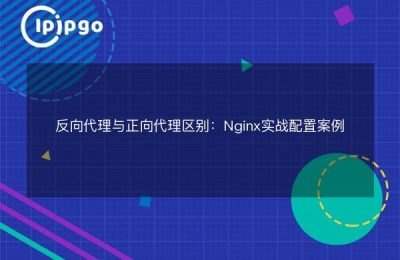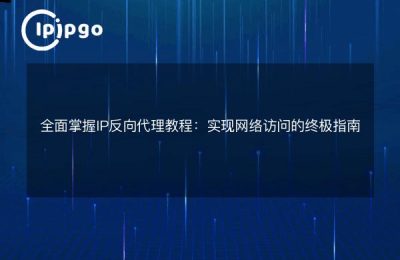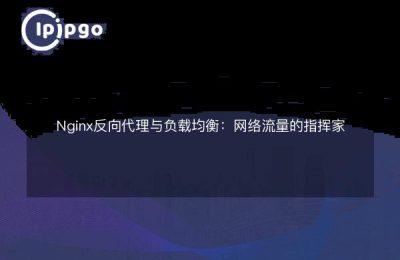
Apache reverse proxy explained
Hey everyone! Today I'm going to talk to you about Apache's Reverse Proxy feature, which is like a magical gate that helps us direct our guests to the right place, and the name of that gate is Reverse Proxy.
The left side of the keyword brackets I gave
First, let's talk about Apache, an open source web server software that helps us build websites, handle HTTP requests, and so on. But sometimes, our site may not be a single server to provide services, may be by multiple servers to provide the content of the site. At this point, the reverse proxy can come in handy.
Apache's reverse proxy feature is like a little secretary that helps us direct guests to the right place when they arrive at our door. In this process, guests do not need to know exactly how many servers we have to provide services, and do not need to know what each server is doing. They just need to deal with the little secretary.
Inside the keyword brackets I gave
Next, let me tell you exactly how a reverse proxy works. Let's say we have a website www.example.com which is served by two servers, server1 and server2. Now, we want to make www.example.com的请求都由Apache来处理 accessible to all and Apache will do the job for us of forwarding the request to either server1 or server2.
First, we need to set up Apache's configuration file accordingly. For example, we can configure it like this:
"`apache
ProxyRequests Off
ProxyPass / http://server1/
ProxyPassReverse / http://server1/
“`
This configuration means that when a request is made to access the root directory of a website, Apache forwards this request to server1. and ProxyPassReverse is used to process the response from server1 before forwarding it to the client. Similarly, we can do a similar configuration for server2.
With this configuration, when someone visits www.example.com时, they don't need to know that server1 and server2 exist or what exactly those two servers are doing. They just need to deal with Apache to get the web content they want.
To summarize, Apache's reverse proxy feature is like a smart little secretary that helps us direct our guests to the right place, making the whole access process smoother. This is one of the most amazing features in the network world! I hope you can have a deeper understanding of Apache's reverse proxy through today's sharing.








